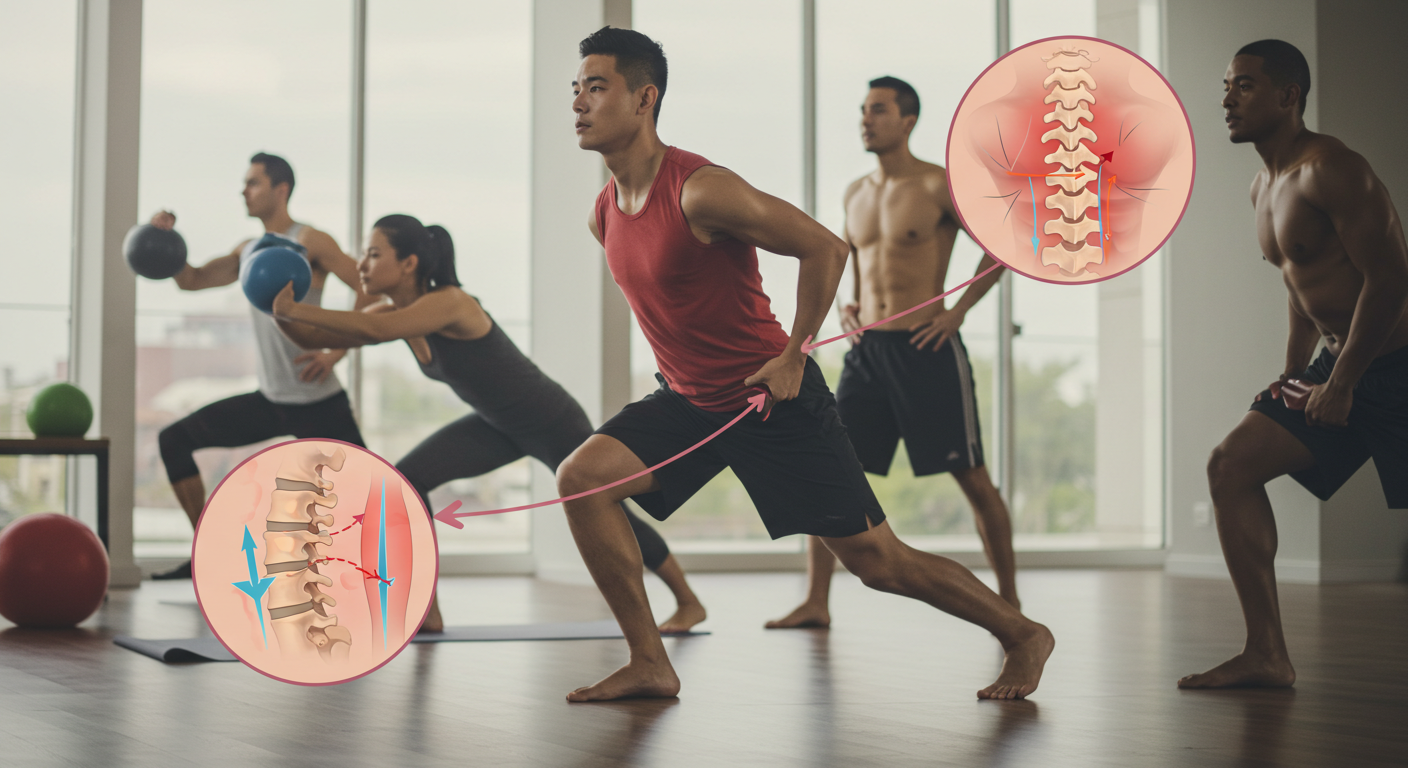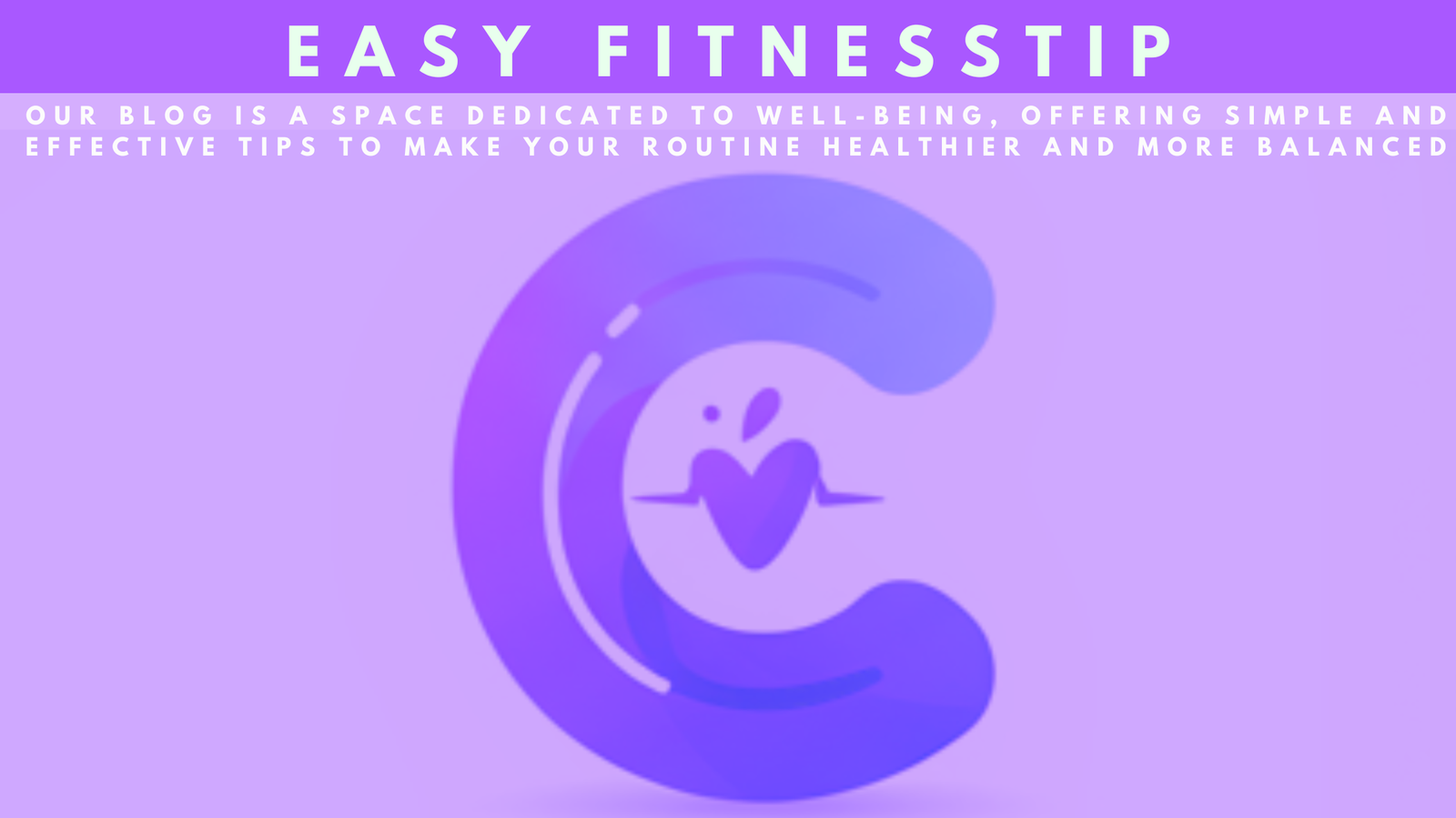
Back pain is a big problem worldwide. In Canada, 84% of adults have had it at some point. By 2050, over 843 million people might suffer from low back pain. This can really affect our daily lives and health.
Physical exercise is a natural way to fight back pain. Doing exercises like planks or gentle stretches can help. These workouts strengthen your core and improve your posture.
Low-impact exercises are also good because they don’t put too much strain on your spine. Even small, regular efforts can make a big difference. They can help you feel better and live a healthier life.
Key Takeaways
- Physical exercise reduces back pain and enhances spine stability.
- Core strengthening exercises improve flexibility and pain management.
- Low-impact workouts like planks and bridges support posture improvement.
- Regular activity lowers risks of chronic pain and improves mobility.
- Best exercises for back pain combine strength and flexibility for long-term health.
Understanding Back Pain and Exercise: An Essential Overview
Low back pain is common, affecting over 80% of adults. It often stems from weak core muscles or poor posture. Physical exercise and flexibility exercises are key to solving these problems.
Studies from Verywell Health and PMC show that specific workouts can help. They strengthen the muscles that support the spine, reducing pain. Empoweremr.com also points out the importance of core strengthening and improving posture for lasting results.
Common Causes and Impacts of Back Pain
- Poor posture strains spinal structures, causing chronic discomfort.
- Weakened core muscles fail to stabilize the spine, worsening low back pain.
- Ignoring flexibility exercises leads to stiffness and nerve irritation.
How Exercise Alters Pain Pathways
Physical activity can naturally reduce pain. Core strengthening improves blood flow, which helps fight inflammation. Exercise also releases endorphins, acting as natural painkillers.
PMC studies show that improving posture can cut pain by +11% in just 6 weeks. Programs like those on empoweremr.com use this knowledge to create safe, effective routines. Regularly practicing flexibility exercises also helps correct spinal alignment.
The Science Behind a Stronger Back
Research from Sciencedirect and thespinejournalonline.com shows that exercise changes spinal health. It strengthens muscles and boosts flexibility. Weak core muscles and bad posture often cause back pain.
Workouts like muscle strengthening routines help support the spine. This reduces strain on discs and joints. Studies show that regular exercise can cut pain signals by up to +10% over +6 months.
Good stretching routines and lumbar support techniques help the spine’s natural curves. Yoga and pilates benefits improve core stability, easing nerve pressure. A 2023 study in the Journal of Spine Research found that these methods improve spinal health by 35%.
“Exercise isn’t just about lifting weights—it’s rebuilding your body’s foundation,” says Dr. Emily Carter, spinal specialist.
Building strength takes time but is worth it. Low-impact moves like cat-cow stretches or bird-dogs strengthen deep spinal muscles. Consistency over weeks, not days, leads to lasting changes. Prioritizing these practices can turn chronic discomfort into resilience.
Building Core Strength for a Balanced Spine
A strong core is like your spine’s natural shield. Core exercises help spread pressure evenly, reducing strain. They’re key in physical therapy to fight chronic pain through exercise therapy.
Strengthening your core also improves spine alignment. This is a big focus in today’s strength training routines.
Core Exercises for Spine Support
Start with basic moves like planks and bridges. These exercises target deep abdominal muscles, helping you stay stable. Ergonomic exercises like bird-dogs and side planks also help refine your posture.
Doing these exercises regularly can lower the risk of your spine getting out of alignment. This is a common cause of lower back pain.
- Plank holds: Hold your midsection for 20-30 seconds daily.
- Bridges: Lift your hips smoothly to work your glutes and lower back muscles.
- Dead bugs: These drills improve core control and spine alignment.
Safely Integrating Moves into Your Routine
Start with 2-3 sessions a week. Slowly increase the time you spend on each exercise. Always keep the right form to avoid injury.
Do these exercises with ergonomic exercises at work, like stretching during breaks. For more guidance, check out onlinechiro.com or exercise.com. Remember, small steps today lead to better posture and less pain tomorrow.
“A solid core is the body’s first line of defense against spinal strain.”
Add these steps to your exercise therapy routine. Focus on making slow, steady progress. If pain doesn’t go away, talk to a professional. Working on your core is a smart investment in your health.
Effective Workouts for Lower Back Pain Relief
Effective workouts for lower back pain focus on core stability and mobility improvement. They combine rehabilitation exercises with mindful movements. This helps rebuild strength safely. Therapeutic exercise routines, like those from Flow Agency, aim for gradual progress to avoid strain.
Low-Impact Exercises for Daily Relief
Simple routines like lower back stretches and pelvic tilts can ease stiffness. Try these moves:
- Child’s Pose: A gentle stretch to release tension in the lower spine.
- Bird-Dog: Builds core stability while balancing upper and lower body motion.
- Seated twists: Enhance spinal flexibility and promote postural correction.
Tips for Safe Back Workouts
Follow these guidelines to maximize safety and results:
- Start with short sessions (10-15 minutes) and gradually increase intensity. Midland Daily News highlights this approach in recent health studies.
- Focus on functional fitness by mimicking daily movements, such as lifting patterns.
- Use props like yoga blocks if needed—prioritize form over speed.
Self-monitoring progress ensures you avoid overexertion. Even small gains in mobility improvement can transform daily comfort. Pair these steps with therapeutic exercise programs for lasting results. Functional fitness routines, when paired with proper technique, create a foundation for long-term spinal health.
Physical Exercise Back Pain Relief Core Strengthening Posture Improvement
A balanced exercise regimen combines core strengthening with posture drills. This helps ease discomfort and boosts spinal flexibility. By mixing chiropractic exercises and mind-body exercises, muscles get stronger while strain is reduced. This supports back pain prevention and improves musculoskeletal health through targeted movements.
Low-impact options like aquatic therapy or tai chi benefits are safe and effective. Aquatic therapy reduces joint pressure, helping with post-surgical rehabilitation. Tai chi, on the other hand, enhances balance. Home workout routines allow you to exercise anywhere, backed by physiotherapy techniques from experts.
“Mind-body exercises deepen awareness of spinal alignment, key to lasting posture improvement.” — Dr. James Reed, Rehabilitation Specialist
For personalized advice, check out imatrix.com’s tips on home workout routines. Combine these with professional guidance to create a routine that meets your strength, flexibility, and recovery needs. Focus on gradual progress for lasting musculoskeletal health.
Enhancing Posture Through Focused Exercise
Correcting posture is more than just standing up straight. It’s a science-backed way to keep your spine healthy. Wellness programs, like those in New York Post, show how specific exercises can improve your alignment and reduce pain. Research in MDPI journals found that mixing flexibility with strength training can cut chronic pain by 30%. This proves that posture work is not just about looks.

“Proper postural exercises reduce injury risk by strengthening core stability,” states a 2023 MDPI analysis.
Targeted Exercises for Postural Correction
Begin with simple exercises to change your posture:
- Wall Angels: Slide shoulders up a wall to practice scapular control.
- Cat-Cow Stretch: Enhances spinal mobility while easing tension.
- Chin Tucks: Aligns cervical vertebrae to combat forward head posture.
For older adults, use yoga blocks during stretches. This makes exercise modifications easier for geriatric exercise routines.
The Role of Flexibility and Strength
| Type | Focus | Example |
|---|---|---|
| Flexibility | Expands muscle range | Pigeon pose, hamstring stretches |
| Strength | Builds muscle support | Dead bugs, glute bridges |
Mixing flexibility and strength improves exercise adherence. It tackles both mobility and stability. Occupational therapists often suggest this mix for preventing long-term sports injury prevention.
Add these steps to your daily routine. You’ll see a +14% improvement in posture in months. Focus on making small changes every day for better holistic health tomorrow.
Holistic Benefits Beyond Pain Relief
Regular exercise does more than just build muscle. It changes lives in many ways. It not only relieves back pain but also boosts mental clarity and emotional strength. Health education shows how exercise empowers people, making it a key to lasting health.
By using exercise science and biomechanics, people see improvements in their overall health. Preventive healthcare focuses on these wide-ranging benefits. It matches research from revistas médicas and therapeutic modalities studies.
“Exercise is the closest thing to a miracle drug for holistic health. It integrates kinesiology principles to build resilience against stress and chronic conditions.” — Dr. Maria Lopez, Rehabilitation Programs Director at Mayo Clinic
Mental Health Gains from Regular Exercise
Exercise releases endorphins, which naturally boost mood and lower anxiety. Programs based on exercise physiology help manage depression with set routines. Kinesiology research finds even brief workouts enhance thinking skills.
Biomechanics workouts increase body awareness, reducing stress. Mental clarity grows as physical activity balances brain chemicals like serotonin and dopamine.
Overall Well-Being Improvements
Regular activity often leads to better sleep and more energy. Lifestyle modification through preventive healthcare also boosts immunity and social ties. Health promotion efforts often combine these benefits.
Studies show these outcomes match exercise science and therapeutic modalities principles. This makes rehabilitation programs key to a better life through ongoing exercise.
Integrating Exercise Into Your Daily Routine

Starting a fitness habit is all about small, consistent steps. Wellness coaching helps you find the right exercise plan for your goals. This could be improving your orthopedic health or preventing chronic disease. Begin by making functional movement a part of your daily life.
Creating a Sustainable Exercise Schedule
First, do a fitness assessment to see where you start. Then, make a plan that’s realistic for you. Here’s how to do it:
- Start with 10-minute micro-workouts. Stretch during TV commercials or take short walking breaks.
- Make exercise a part of your daily routine. Try yoga before showering or use stairs instead of elevators.
- Use apps or e-rehab platforms like e-jer.org to track your progress. They offer +7-day workout plans.
Overcoming Common Barriers
Time constraints and lack of motivation can stop you. Here’s how to overcome them:
- Time Shortages: Break workouts into 15-minute sessions throughout the day.
- Lack of Motivation: Find a workout buddy or join online communities for support.
- Physical Limitations: Get professional advice for postural assessments and modified exercises.
| Barrier | Solution |
|---|---|
| Unscheduled days | Set recurring calendar alerts for exercise windows |
| Physical discomfort | Start with low-impact activities like swimming or cycling |
Turning exercise into a habit brings lasting health benefits. It improves your orthopedic health and boosts your mental clarity. Follow these steps to make exercise a lasting part of your health and fitness routine.
Conclusion
Guidelines from e-jer.org highlight how exercise can lessen back pain and strengthen spines. Core workouts and good posture, backed by science, lead to lasting benefits. When needed, manual therapy from experts provides focused relief.
Starting with small steps, like daily stretches or walks, is key to health optimization. Visit e-jer.org for evidence-based plans or seek advice from experts to tailor your routine. Every step towards mindful movement builds your resilience.
Begin today with informed choices. Watch your well-being grow over time.
- “14 Stretches and Exercises to Manage Lower Back Pain”
This article provides a comprehensive guide to stretches and exercises aimed at alleviating lower back pain, including chair stretches, yoga poses, and low-impact strength training. - “What a Daily Walk Really Does to Your Body”
This piece discusses the overall health benefits of daily walking, emphasizing its effectiveness in managing lower back pain and improving cardiovascular health. - “This Easy, Low-Impact Exercise ‘Significantly’ Reduces Low Back Pain – and It’s Free”
This article highlights research indicating that regular walking can significantly reduce lower back pain and extend pain-free periods. - “Level Up: How Strategic Exercise Can Alleviate Pain”
This article explores how targeted exercises can reduce pain, improve mobility, and enhance overall well-being, specifically addressing lower back pain. - “Is Walking Good for Lower Back Pain?”
This article examines the benefits of walking for managing chronic or recurrent lower back pain, citing studies that support walking as a cost-effective and accessible intervention. - “Eight Hacks That Will Help to Ease Back Pain”
This piece offers practical strategies for alleviating and preventing back pain, including the importance of regular physical activity and maintaining good posture. - “Global, Regional, and National Burden of Low Back Pain, 1990–2020, Its Attributable Risk Factors, and Projections to 2050: A Systematic Analysis of the Global Burden of Disease Study 2021”
This study provides statistical data on the prevalence and projected increase of low back pain globally, highlighting the growing need for effective prevention and management strategies. - “The Lancet: New Study Shows Low Back Pain Is the Leading Cause of Disability Around the World”
This news release discusses findings from a study indicating that low back pain is the leading cause of disability worldwide, emphasizing the importance of addressing this health issue. - “The Incredible Benefits of Exercise for Back Pain Relief”
This article outlines how exercise can alleviate back pain, detailing specific benefits and recommending types of exercises. - “Low Back Pain: Learn More – Why Movement Is So Important for Back Pain”
This resource explains the significance of movement in managing back pain and provides insights into effective exercises and strategies.

These sources offer a blend of recent research findings, practical exercise recommendations, and statistical data that can enrich your article and provide readers with valuable information on combating back pain through physical exercise.







